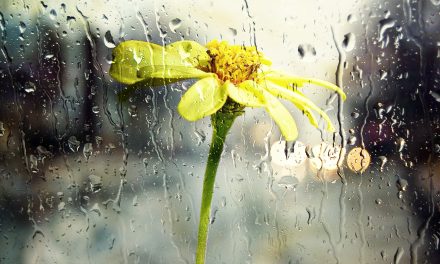Municipal development codes often take shape over several decades in response to an ever-expanding number of factors, such as energy efficiency, occupant safety, and ease of access for emergency vehicles. Sometimes, however, specific language in development codes can inadvertently limit, discourage, or even prevent the use of low-impact development (LID) and green infrastructure for stormwater management. For example, code language may mandate developers to use certain materials for parking lots and streets which could neglect permeable alternatives, or may not consider rain gardens, bioswales, and other nature-based features toward landscaping requirements.
Identifying and addressing these hidden barriers in municipal codes is the focus of the latest installment in the U.S. Environmental Protection Agency’s (EPA) LID Barrier Buster Fact Sheet Series, released in June. The fact sheet series helps stormwater professionals navigate a collection of 12 common LID implementation roadblocks.
“Most of the time, making municipal building codes more accommodating to low-impact, nature-based stormwater solutions doesn’t require scrapping them and starting again,” said Adriana Caldarelli, director of the Water Environment Federation (WEF; Alexandria, Virginia) Stormwater Institute. “Small changes in wording, as identified by EPA in its newest fact sheet, can remove big obstacles for green infrastructure-minded communities.”
Updating Development Codes

The latest fact sheet highlights examples of how common language in municipal development codes can hinder green infrastructure and LID; discusses actionable strategies to update development codes accordingly; and emphasizes the importance of ensuring developers, legislators, and other stakeholders understand the benefits of pro-LID code language. It also lists several relatively simple code language changes as starting points as municipalities review their development standards, drawing on real-world case studies.
According to the fact sheet, opportunities for many of these simpler fixes may be hiding in plain sight. For example, for properties located near waterways, development codes often require buffer strips of a certain density, and many may specify certain types of vegetation that the buffer strip must contain. In such cases, the fact sheet describes, widening the criteria of acceptable vegetation to include vegetative LID features would enable developers to create more functional buffer strips that also provide co-benefits that improve the property and its surroundings.
Other code language might mandate specific materials or structural components of streets, parking lots, alleyways, and other paved surfaces, which may restrict permeable alternatives as well as swales and curb cuts, according to the fact sheet.
As most code changes do not happen unilaterally, the fact sheet also covers various strategies to help convince stakeholders within the development community to prioritize LID and green infrastructure in code updates. Proponents should emphasize the various co-benefits of LID projects compared to the code’s existing provisions, as well as potential life-cycle cost savings and greater flexibility for developers. In addition to drawing on successful green infrastructure campaigns conducted in other municipalities, constructing small-scale demonstration projects can also be a worthwhile approach to win over skeptics, the fact sheet describes.
Read the latest LID Barrier Buster fact sheet, Revising Local Codes to Facilitate Low Impact Development, at the EPA website.
Getting Around the Roadblocks
Other installations in the LID Barrier Buster Fact Sheet Series, produced since 2012, cover ways to navigate a range of potential obstacles to nature-based stormwater solutions. They include, for example, guidance on:
- minimizing construction and maintenance costs;
- adapting LID to the aesthetics of its surroundings;
- public outreach and incentivization tactics;
- designing LID for clay soils, on slopes, and in high-precipitation areas; and
- addressing footprint and space concerns.
Additionally, EPA offers more specialized guidance on planning green infrastructure and LID in parks and at places of worship, as well as a comprehensive handbook on green streets.
Explore a growing collection of educational resources for stormwater professionals on the WEF website for more guidance on addressing LID’s most common barriers and misperceptions.
Top image courtesy of zoosnow/Pixabay





